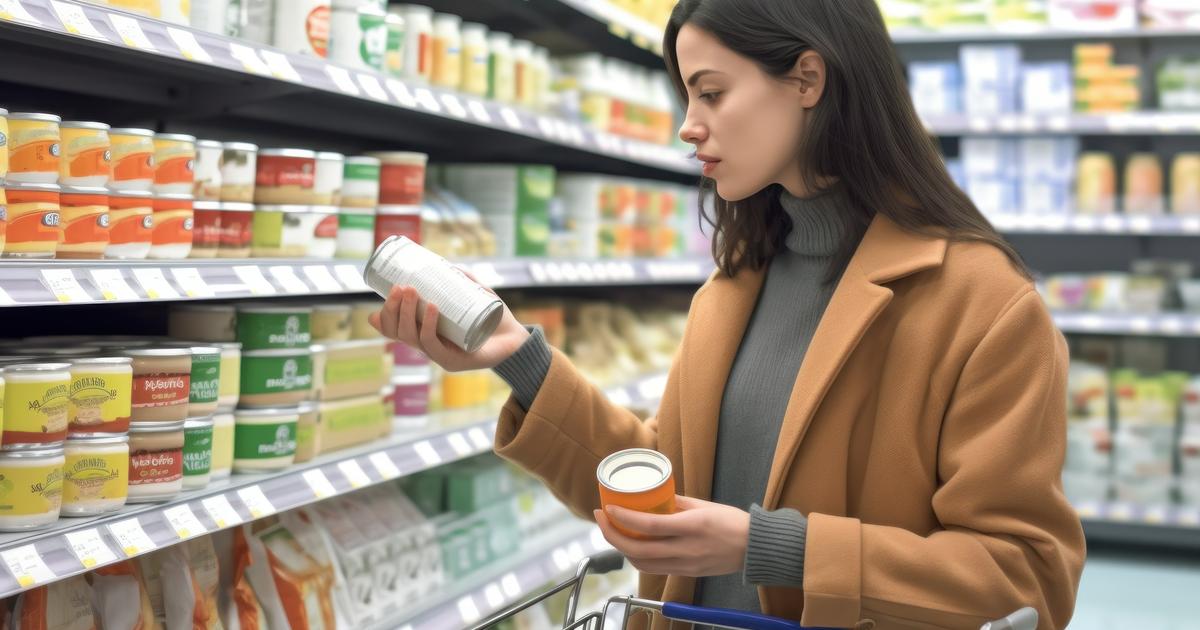Where does the food that ends up on our plates come from? For more than two thirds of the ingredients making up processed food products, boxed sandwiches or ravioli for example, agro-industrial manufacturers provide little information on the origin, according to a UFC-Que Choisir survey published this Thursday March 28.
“For 69% of the ingredients that we examined, opacity reigns over their origin
,” denounces the consumer association, after having dissected 243 processed foods from major brands, canned foods, ready-made meals, salads, sandwiches, ham, or more cold meats.
According to her, 47% of the ingredients
“have no origin mentioned”
and 22% a
“purely generic origin with vague mentions”
, such as
“EU or non-EU origin”
. According to the association, which focused on the main ingredients representing a significant part of the finished food,
"this is for cereals and vegetables, a food category that has never been the subject of a labeling obligation, that the lack of information is the most marked with 84% of ingredients without precise origin mentioned, followed by poultry (64%), pork (38%) and beef (32%).
14 national brands scrutinized
The UFC-Que Choisir, which scanned a total of 14 major national and distributor brands, notes that the opacity
“is not due, as some manufacturers claim, to an inevitable variability in the origins of ingredients but rather to procurement policies specific to each brand
.
The Marie brand, for example, is able to specify the origin for
“more than 8 out of 10 ingredients for prepared dishes”
in the sample, while Fleury Michon only does so for less than 20% of the ingredients. Another example
: “Bonduelle communicates the precise origin for 7 vegetables out of 10, Cassegrain only does so for almost one vegetable in 10”.
The government announced at the end of February that it wanted to create an indicator of the origin of food products, which will be called
“Origine Info”
, and for which specifications must be determined by May 1. It must be done on a voluntary basis, in order to remain, according to Bercy, within the framework of European law. For UFC-Que Choisir,
“the future display will have no effect if it remains voluntary”
. The association ensures that the European regulation on food labeling makes it possible to “make “Origin-info” obligatory”. She also calls for displaying the origin of ingredients to also concern out-of-home catering, particularly large chains.

